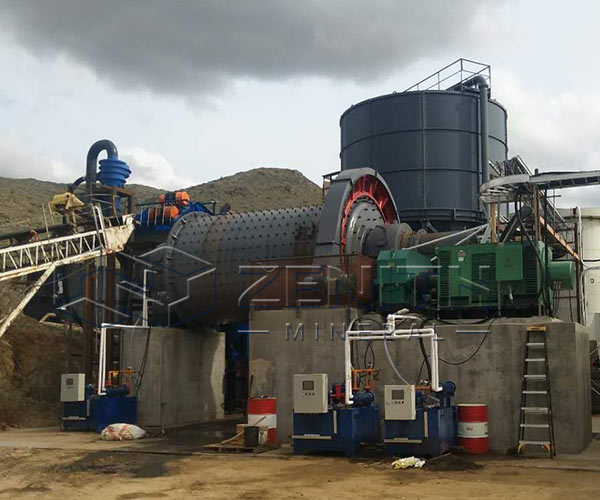
Overview of Ball Mill Applications in Mineral Industry
Ball mills play a critical role in Ethiopia’s rapidly growing mineral processing sector. They are used for grinding ores, reducing particle sizes, and preparing raw materials for further beneficiation. The country’s deposits of gold, tantalum, potash, and industrial minerals create a strong demand for efficient grinding solutions.
- Ball mills enhance the efficiency of mineral extraction.
- They are suitable for both wet and dry processing.
- Their versatility makes them essential for large and small-scale operations.
Importance of Cost Evaluation in Mining Equipment
Price evaluation is one of the most significant steps before purchasing ball mills. For Ethiopian mining enterprises, equipment costs determine both capital investments and long-term returns. Evaluating ball mill prices ensures that projects remain economically sustainable.
- Initial purchase costs should be compared with operating costs.
- Energy efficiency often reduces long-term expenses.
- Maintenance and spare parts availability influence the total cost of ownership.
Common Ball Mill Types Suitable for Ethiopian Projects
Not all ball mills are identical, and selecting the right type depends on the mineral processing requirements. Ethiopian projects typically demand reliable and durable equipment tailored to specific ores.
- Small-scale ball mills: Compact units suitable for artisanal and pilot operations.
- Medium-capacity mills: Designed for medium-scale mining companies working with gold or rare earth minerals.
- Industrial large mills: Heavy-duty equipment capable of continuous operation in major mining projects.
- Specialized mills: Mills designed for dry or wet grinding, depending on the nature of mineral ores.
Price Comparison Between Domestic and Imported Mills
A clear comparison between local and international suppliers allows mining companies to balance performance with affordability. In many cases, imported mills command higher upfront costs but deliver advanced features.
- Domestic prices may start at $20,000 for smaller units.
- Imported mid-capacity mills range between $40,000 and $70,000.
- Large, high-efficiency models exceed $100,000 in many markets.
- Second-hand ball mills: Some mining firms opt for used equipment priced at 30–50% lower than new machinery.
Market Demand for Grinding Solutions in Ethiopia Today
The Ethiopian government encourages investment in mining, which increases demand for grinding equipment. As mineral exports grow, ball mill sales expand across various regions of the country.
- Growing exploration of gold and rare earths fuels demand.
- Cement and industrial mineral processing also require grinding units.
- Expansion of infrastructure projects supports higher demand.
Benefits of Choosing High-Quality Ball Mill Models
Investing in a durable ball mill provides several operational advantages for Ethiopian mineral processors.
- Improved grinding efficiency: High-quality mills reduce ore particle size faster and with lower energy consumption.
- Reduced maintenance costs: Superior materials and linings extend the lifespan of internal components.
- Consistent mineral recovery: Precision grinding increases processing yields and reduces waste.
- Lower downtime risks: Reliable mills minimize unexpected shutdowns, improving project profitability.
Challenges Facing Ball Mill Acquisition in Ethiopia
Despite demand growth, several barriers remain in the Ethiopian ball mill market.
- High import taxes: Significantly increase the final equipment cost for local buyers.
- Infrastructure limitations: Transporting heavy machinery across rural mining zones remains difficult.
- Limited local manufacturing: Dependence on imports restricts options for affordable alternatives.
- Currency fluctuations: Exchange rate volatility adds uncertainty to pricing and procurement planning.
Future Trends Shaping Ball Mill Pricing in Ethiopia
As the Ethiopian mining industry continues to evolve, several trends are likely to influence ball mill prices.
- Local production initiatives: Efforts to establish local assembly plants may lower prices.
- Green energy focus: Energy-efficient ball mills will gain preference, even at slightly higher costs.
- Digital monitoring systems: Demand for smart ball mills with remote monitoring will grow.
- Competitive supplier entry: More international players may reduce equipment prices through market competition.
Selecting Affordable Ball Mill Options
Selecting a ball mill for Ethiopian mineral processing requires balancing price, efficiency, and durability. Both local and imported options offer advantages depending on project scale and budget.
- Smaller enterprises may benefit from locally produced models.
- Industrial-scale projects require advanced imported technology.
- Long-term operational costs must guide final decisions.

